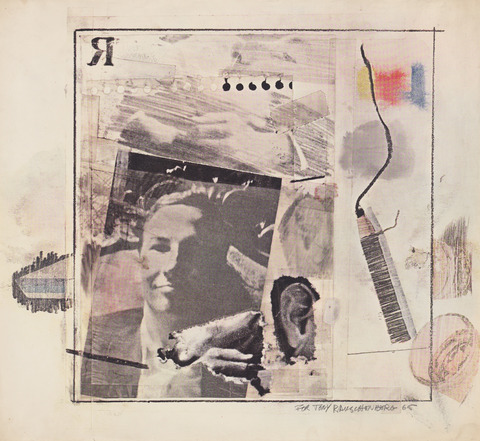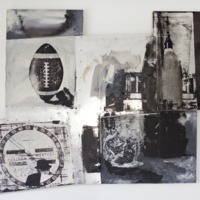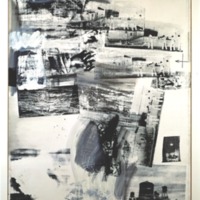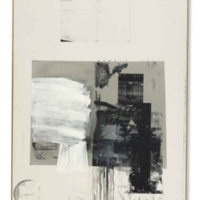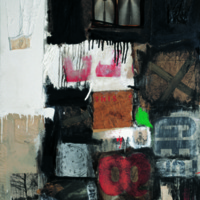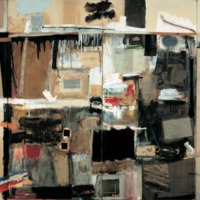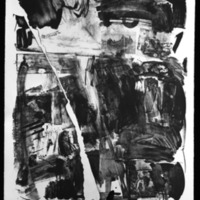Robert Rauschenberg
Robert Rauschenberg was born in Port Arthur, Texas in 1925. He served in the U.S. Navy from 1943-45 prior to studying art. He first attended Kansas City Art Institute and Académie Julian before moving to Black Mountain College in 1948.
Robert Rauschenberg was a recognized Pop and Neo-Dada artist who came out of the 1960s and whose work rejected Abstract Expressionism. He worked with many media and non-traditional materials. In his collage paintings, or what he called “combines,” as well as in collaborations with dancers, he mixed media to explore the relationship between art and life. Rauschenberg experimented with and expanded everyone’s idea of what art could be. He is recognized as a Pop artist, but also a Neo-Dada artist because of underlying mysterious messages in his work. His work incorporated images from pop culture, especially athletes in his collages. He also was fond of working to challenge the very ideals of art itself. His piece “Erased De Kooning Drawing,” for example, caused huge upset in the art world at the time of its exhibition and continues to cause debate among art history scholars to this day. At the Venice Biennale in 1964, Rauschenberg became the first American to win the International Grand Prize in painting. Rauschenberg remained active until his death in 2008. Today the Robert Rauschenberg Foundation continues his efforts to support young artists and projects on behalf of the environment and social change
-Cassidy Komorowski, RZ
